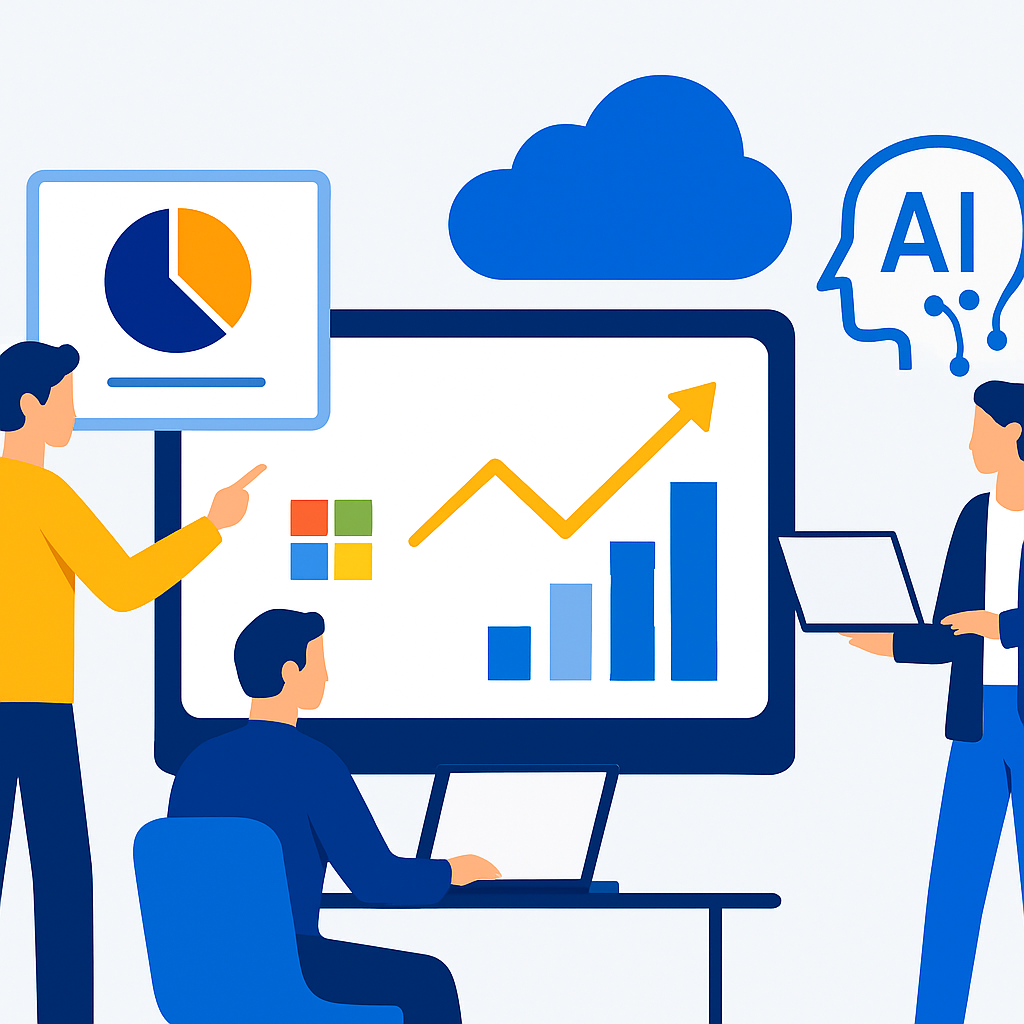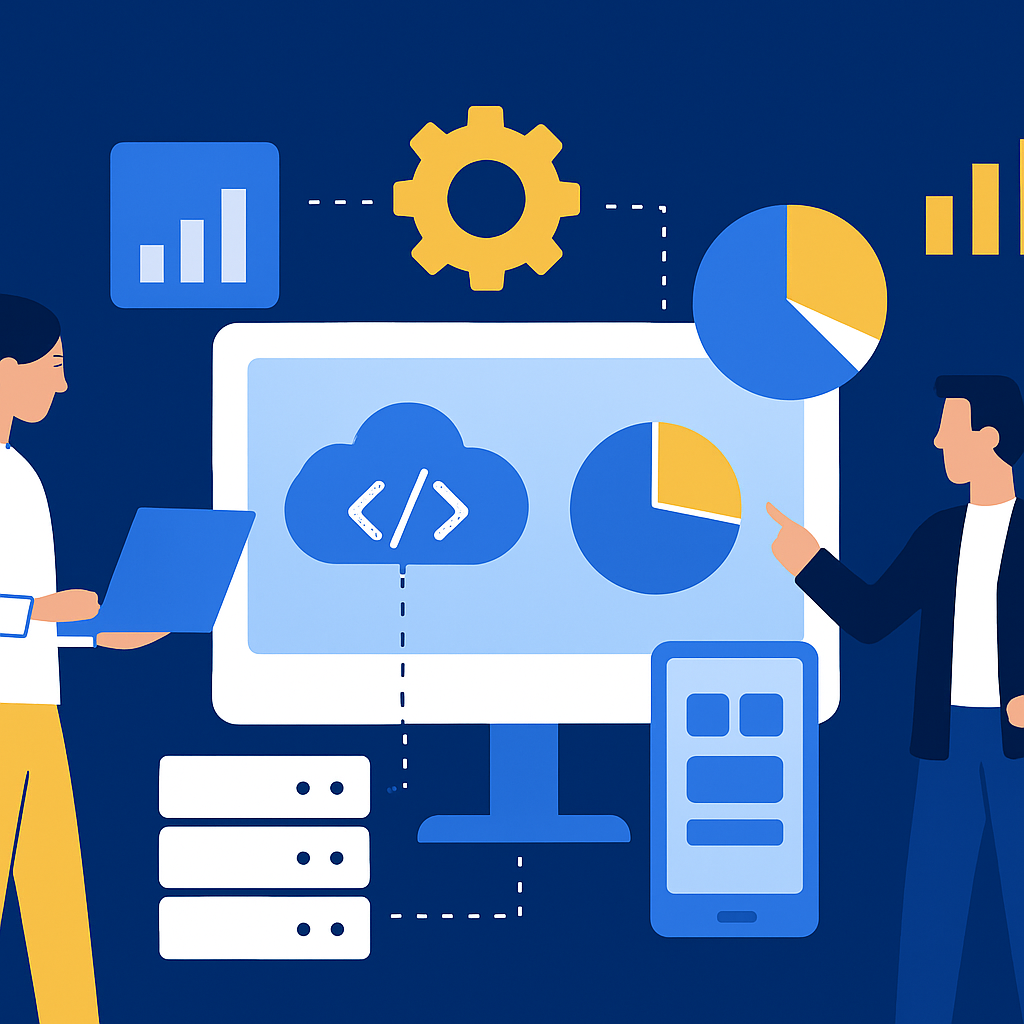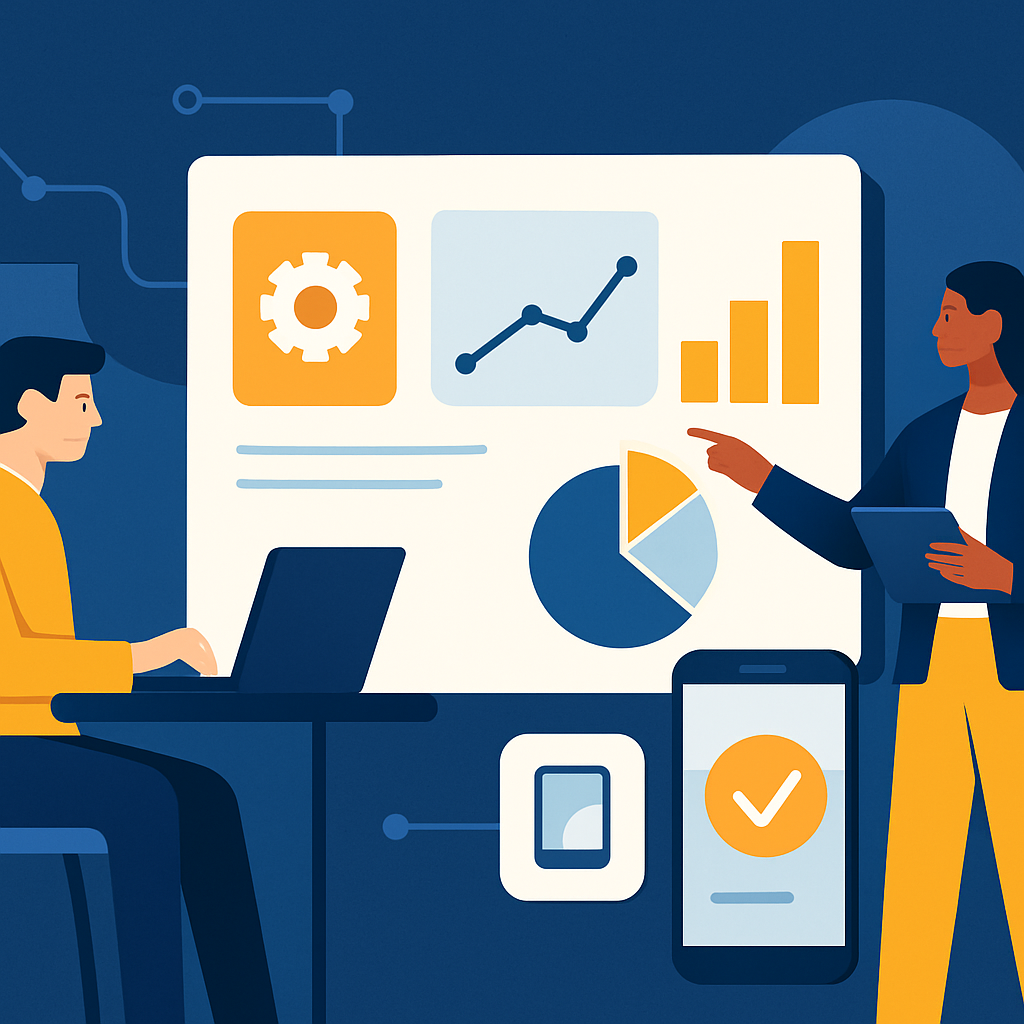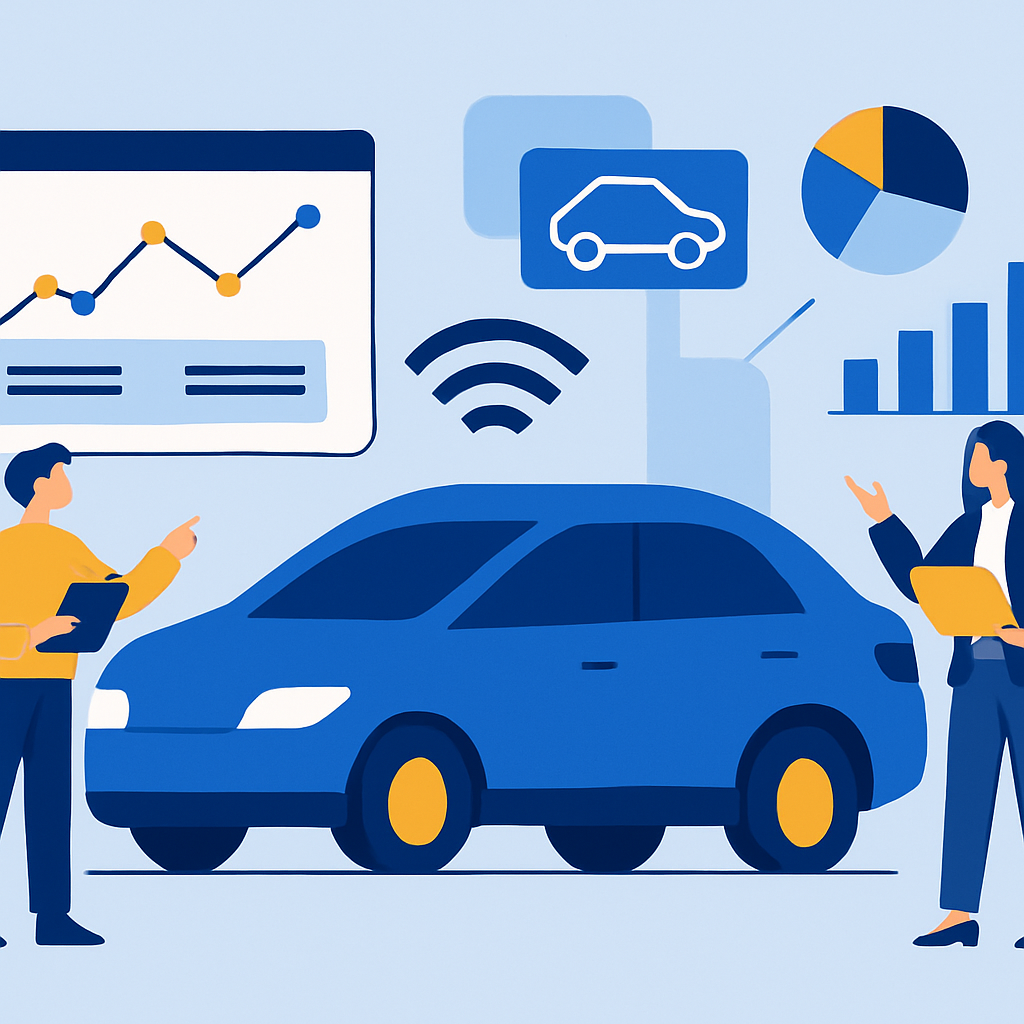
Legacy Modernization: A Strategic Imperative for Future-Ready Enterprises
In a world where technological innovation moves at an unprecedented pace, legacy systems can quickly become a liability. For C-level executives and IT decision-makers, modernizing these systems is not just an operational upgrade—it is a strategic necessity. Legacy modernization enables organizations to enhance agility, improve customer experiences, and unlock new business models through the integration of modern technologies such as cloud computing, artificial intelligence, and advanced analytics.
Why Legacy Modernization Matters
Legacy systems often underpin critical business processes, but their outdated architectures can lead to inefficiencies, security vulnerabilities, and scalability limitations. Without modernization, organizations risk falling behind competitors who leverage agile, cloud-native applications to respond swiftly to market changes. The benefits of modernization include:
- Operational Efficiency: Streamlined workflows and reduced maintenance costs.
- Enhanced Security: Protection against evolving cyber threats, supported by modern Security Services.
- Scalability: Cloud-native infrastructure that grows with business needs.
- Innovation Enablement: Integration with AI and analytics to drive data-driven decision-making.
Actionable Steps for Successful Legacy Modernization
1. Assess Current Systems and Business Needs
Begin with a comprehensive assessment of existing legacy systems, identifying areas of technical debt, security risks, and performance bottlenecks. Tools such as our Legacy System Modernization Framework can help streamline this evaluation process.
2. Define Clear Business Objectives
Modernization should align with strategic business goals. Whether the priority is improving customer engagement, enhancing operational agility, or enabling AI-driven innovation, establish metrics to measure success. For example, if your objective is to leverage advanced analytics, consider integrating with solutions like our Data Analytics services.
3. Choose the Right Modernization Approach
Options include re-platforming, re-hosting, re-architecting, or complete replacement. The choice depends on system complexity, business priorities, and budget. A hybrid approach often delivers optimal results, combining incremental upgrades with targeted system replacements.
4. Leverage Cloud and AI
Cloud migration is a cornerstone of modernization, enabling scalability and reducing infrastructure costs. Pairing cloud with AI unlocks predictive analytics, intelligent automation, and enhanced decision-making. Our AI Solutions and AI Implementation offerings ensure that AI adoption is seamless and aligned with business objectives.
5. Address Security Early
Security should be integrated into every stage of modernization. Modern architectures inherently support stronger security postures, but proactive measures—such as continuous monitoring and compliance management—are essential. Engage with Security Services to safeguard your modernization journey.
6. Manage Change and Governance
Modernization impacts processes, people, and culture. Clear governance models and change management strategies are critical to adoption success. This includes training staff, redefining workflows, and establishing accountability structures.
Overcoming Common Challenges
Legacy modernization is complex, and organizations often encounter obstacles such as stakeholder resistance, budget constraints, and integration challenges. To overcome these:
- Stakeholder Engagement: Communicate the strategic benefits to all levels of the organization.
- Phased Implementation: Break modernization into manageable phases to reduce risk.
- Expert Partnerships: Partner with experienced consultants to navigate technical and organizational complexities.
Measuring Modernization ROI
Quantifying the return on investment is crucial for sustaining executive buy-in. Metrics may include operational cost savings, increased revenue from new capabilities, and improvements in customer satisfaction. Our Digital Transformation ROI Calculator can help you project and measure the financial impact of modernization efforts.
Industry-Specific Considerations
Different industries face unique modernization challenges. For example, Healthcare Solutions must navigate strict compliance requirements, while Manufacturing organizations often prioritize IoT integration. Tailoring modernization strategies to industry-specific needs ensures relevance and maximizes impact.
Conclusion
Legacy modernization is a strategic imperative for organizations aiming to remain competitive and future-ready. By following a structured approach—assessing current systems, defining objectives, choosing the right modernization path, leveraging cloud and AI, and prioritizing security—C-level executives and IT leaders can transform outdated systems into agile, innovative platforms that drive long-term value.
To explore how your organization can embark on a successful modernization journey, connect with our experts and discover tailored strategies that align with your unique business goals.


